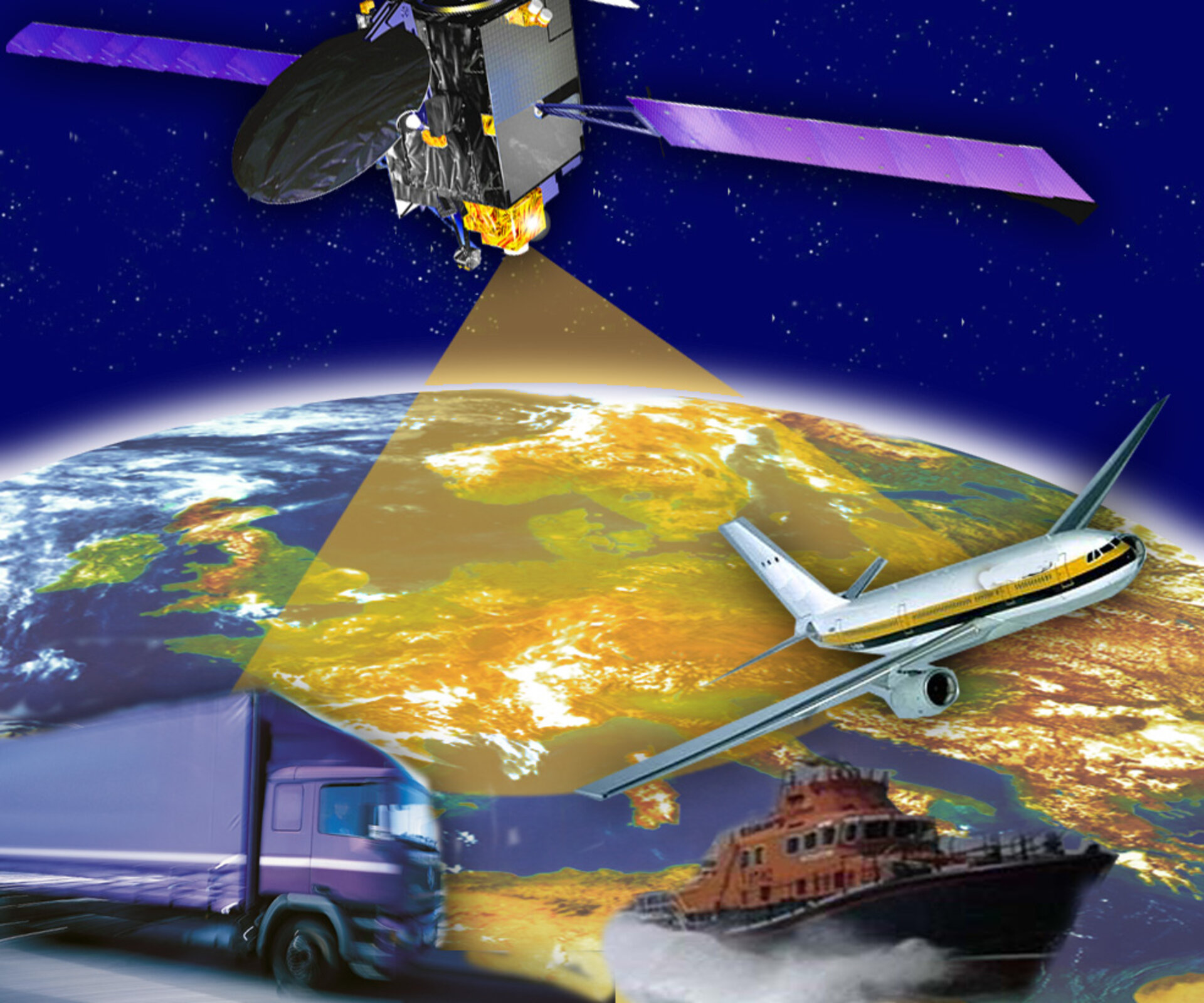Development of an EGNOS pseudolite system
The EGNOS System Test Bed (ESTB) has demonstrated a 95% positioning accuracy of 1-2 meters in the horizontal components and 2-4 meters in the vertical component. However, in order to access the EGNOS service, the end user needs to have a direct line-of-sight to at least one of the EGNOS geostationary satellites that broadcast the augmentation messages.
The line-of-sight requirement is critical for users in environments such as urban canyons, valleys and fjords, since high buildings or geographical features in the vicinity of the end user can easily block the line-of-sight to the geostationary satellites. The situation becomes worse at high latitudes because of the low elevation angles of the geostationary satellites - even a small obstacle can block the signal. The satellite visibility problem can be addressed by transmission of additional augmentation signals from ground-based "pseudo-satellites" (pseudolites). The main objectives of the project are to develop a pseudolite solution to disseminate the EGNOS SIS in locations where the EGNOS GEO satellites are not visible, and to prove the concept via a demonstration in a real environment. Thus the concept will enlarge the scope of applications for the EGNOS technology. The proposed EGNOS pseudolite system will consist of:
- a number of pseudolites that transmit an EGNOS/GPS like signal
- a master control station that monitors and controls the system performance
- a user terminal to exploit the system
The pseudolite system will be connected to the EGNOS Data Access Server, which provides the system with an interface to the EGNOS service.
Key issues
The key issues to be addressed by the project are:
- provision of a basic service consisting of the broadcasting of EGNOS augmentation messages in areas where the visibility of the EGNOS geostationary satellites is limited
- improvement of the availability of ranging sources by adding a number of synchronized pseudolites
- design of a system that allows for integration of several transmitting units, and allows for the possibility of several EGNOS pseudolite systems operating in the same area with a certain degree of signal overlapping
- accomplish these goals with minimal modifications to existing SBAS capable receivers
Benefits
The EGNOS service will have a key role to play in maximising safety in the transport of passengers and goods. However, the availability of line of sight to the geostationary satellites is limited in, for example, busy harbours. The pseudolite system sets out to ensure the availability of the EGNOS service in such problem areas. The user should be able to access the EGNOS service via the system without auxiliary equipment.
Furthermore, in such locations with limited GEO SIS availability it is reasonable to expect that overall GPS/Galileo availability is limited. The ranging service that the pseudolite system provides will be extendable and can ensure availability of high accuracy navigation solutions.
Project plan
The project is split in four consecutive phases:
- feasibility studies and preliminary design
- system design, production and testing
- integration with the EGNOS data server and system end-to-end testing
- demonstration of the system operability
Project status
The project kick-off was held in September 2005 and project completion is expected by the end of 2006.





